Are NFL Sponsorships Worth It?
September 9, 2021 by
As a follow up to our article showing whether major league sports sponsorships are worth it, which covered the NBA, MLB and NHL, we put together an article fully dedicated to foot traffic to NFL sponsors’ stores. After all, major brands shell out big money to be a sponsor for the NFL and a chance to get in front of millions of fans across the U.S. According to MediaPost, NFL sponsorship revenue exceeded $1.47 billion in 2020. This shouldn’t come as a surprise since pro football is the most popular sport in the U.S.
While Anheuser-Busch is the biggest spender overall, and PepsiCo has the largest volume of partnerships, activating with the Frito-Lay, Gatorade, Pepsi, Quaker Oats and Tostitos brands, we analyzed sponsors with physical locations to correlate foot traffic to the investment. That includes Nike, Caesars Palace, Courtyard Hotels, Pizza Hut, Ford Dealerships, and Lowe’s Home Improvement. We took a look at foot traffic to these stores during the month before the NFL season kicked off and the first month of the season in both 2019 and 2020.
So, are NFL sponsorships worth it?
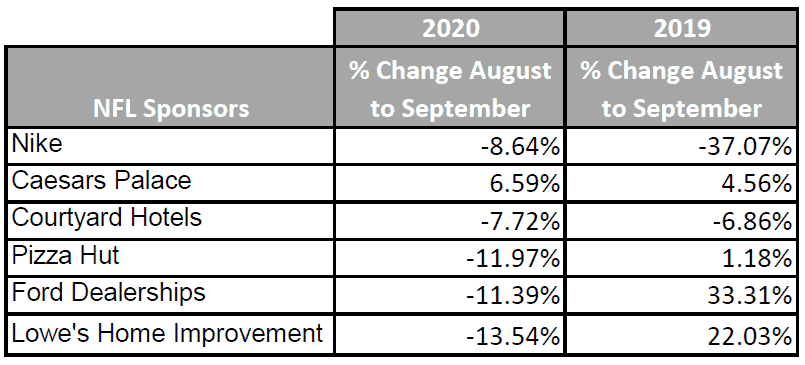

Nike is one of the biggest sponsors of the NFL. Not only do they have their logo in stadiums, run commercials, and sign star players as spokesmodels for the brand, Nike provides uniforms and sideline apparel for use during games. The NFL and Nike announced in 2018 that they were extending their contract through 2028.
Clearly, Nike sees great value in their sponsorship with the NFL. It must be great for brand awareness because we there is no correlation between the kick-off to the season and an increase in visits to Nike stores. Comparing the month before the start to the season and the first month of the regular season, foot traffic to Nike stores dropped by 37% and 8.64% in 2019 and 2020 respectively. Nike’s foot traffic drop in 2020 was less pronounced than 2019. This may be due to consumers buying more athletic wear because most people are unable to get to the gym during the pandemic.
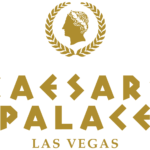 In 2019, the NFL welcomed its first official US casino sponsor, Caesars Palace. Caesars Palace appears to have benefitted from their sponsorship in 2019 and 2020, seeing a lift in foot traffic between the month before the NFL started their season and the month it began. Las Vegas is a hub for sports gamblers, so it is no surprise foot traffic increased in 2019 around the start of the football season. In 2020, many consumers wanted to get out after lockdown fatigue, and Caesars opened back up just before the NFL season started. Las Vegas, specifically Caesars Palace, would have been an easy choice for these people as their brand awareness would have increased due to their NFL sponsorship.
In 2019, the NFL welcomed its first official US casino sponsor, Caesars Palace. Caesars Palace appears to have benefitted from their sponsorship in 2019 and 2020, seeing a lift in foot traffic between the month before the NFL started their season and the month it began. Las Vegas is a hub for sports gamblers, so it is no surprise foot traffic increased in 2019 around the start of the football season. In 2020, many consumers wanted to get out after lockdown fatigue, and Caesars opened back up just before the NFL season started. Las Vegas, specifically Caesars Palace, would have been an easy choice for these people as their brand awareness would have increased due to their NFL sponsorship.
 Courtyard Hotels, by Marriott, saw a drop in foot traffic both years by roughly 7%. The drop could be due to seasonality of travel and hotels stays, so the sponsorship still holds value for brand awareness for the next travel season. Courtyard Hotels tend to cater to families and a younger business traveller. There was a dip in foot traffic in 2019 likely due to kids going back to school and fewer families having time to travel. The drop in 2020 is very likely due to limited business travel because of the pandemic.
Courtyard Hotels, by Marriott, saw a drop in foot traffic both years by roughly 7%. The drop could be due to seasonality of travel and hotels stays, so the sponsorship still holds value for brand awareness for the next travel season. Courtyard Hotels tend to cater to families and a younger business traveller. There was a dip in foot traffic in 2019 likely due to kids going back to school and fewer families having time to travel. The drop in 2020 is very likely due to limited business travel because of the pandemic.
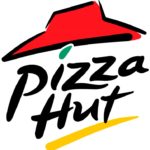 Another major NFL sponsor, Pizza Hut, saw an uptick in foot traffic around the start of the 2019 season, but experienced the opposite in 2020. Pizza Hut is well known for its game day favorite, pizza for take-out and delivery. Fans may have had more football parties in 2019, compared to 2020, where they likely served pizza and picked it up at Pizza Hut while they were out running other last minute errands before guests arrived. This year, due to the pandemic, more people are taking advantage of delivery which may have led to the dip in foot traffic to restaurants. There are also more options for take-out as many restaurants at the national and local levels are changing their services.
Another major NFL sponsor, Pizza Hut, saw an uptick in foot traffic around the start of the 2019 season, but experienced the opposite in 2020. Pizza Hut is well known for its game day favorite, pizza for take-out and delivery. Fans may have had more football parties in 2019, compared to 2020, where they likely served pizza and picked it up at Pizza Hut while they were out running other last minute errands before guests arrived. This year, due to the pandemic, more people are taking advantage of delivery which may have led to the dip in foot traffic to restaurants. There are also more options for take-out as many restaurants at the national and local levels are changing their services.
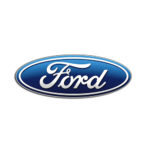 Ford is the most noteworthy sponsor we looked at with a dramatic increase in foot traffic at the start of the 2019 season and a drop in 2020. Ford dealerships saw a 33% increase in foot traffic in 2019 between August and September. Around the same time, Ford launched a campaign promoting the new Explorer model, driving a jump in foot traffic. 2020 has cast a shadow on car sales industry-wide. Ford sales have dropped by more than 17%, which is reflected in the 11% decrease in foot traffic. Fewer people commuting to work, more layoffs, furloughs and raise freezes means people have less of a need for a new car and less income to spend on one.
Ford is the most noteworthy sponsor we looked at with a dramatic increase in foot traffic at the start of the 2019 season and a drop in 2020. Ford dealerships saw a 33% increase in foot traffic in 2019 between August and September. Around the same time, Ford launched a campaign promoting the new Explorer model, driving a jump in foot traffic. 2020 has cast a shadow on car sales industry-wide. Ford sales have dropped by more than 17%, which is reflected in the 11% decrease in foot traffic. Fewer people commuting to work, more layoffs, furloughs and raise freezes means people have less of a need for a new car and less income to spend on one.
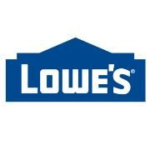 Lowe’s went all in when they became the official home improvement sponsor of the NFL. They signed a multi-year deal, including national and local activations plus marquee events like the Super Bowl and the NFL draft. Their lofty sponsorship paid off in 2019 when their stores saw a 22% increase in foot traffic at the start of the NFL season.
Lowe’s went all in when they became the official home improvement sponsor of the NFL. They signed a multi-year deal, including national and local activations plus marquee events like the Super Bowl and the NFL draft. Their lofty sponsorship paid off in 2019 when their stores saw a 22% increase in foot traffic at the start of the NFL season.
Lowe’s foot traffic actually dropped from August to September this year. It is surprising to see that foot traffic fell between those months because, as we previously reported, foot traffic to the home improvement store category has been up all year — as have sales. The drop between August and September may be due to home improvement fatigue. Consumers have been shopping at Lowe’s and working on their homes throughout the pandemic and their to-do lists may be complete. Foot traffic may have also dropped because of the NFL season. The shoppers and DIYers that were shopping at Lowe’s in August may now be spending their weekends watching football rather than working on their homes.
Similar to our findings when examining foot traffic to sponsors for the MLB, NHL and NBA, pro football sponsorships do not always boost foot traffic. Instead, these large brands are spending portions of their enormous ad budgets to win mindshare and brand awareness of fans in the hopes that the next time consumers are faced with a decision between that brand and its competitor, they choose the sponsor brand.

